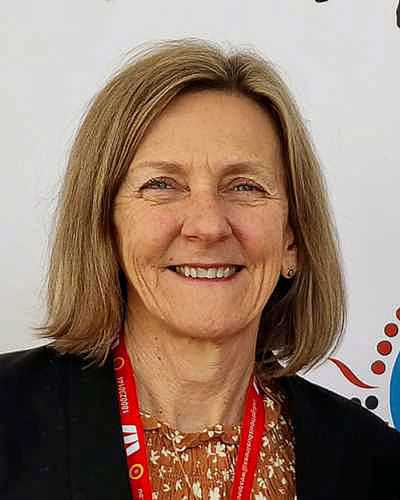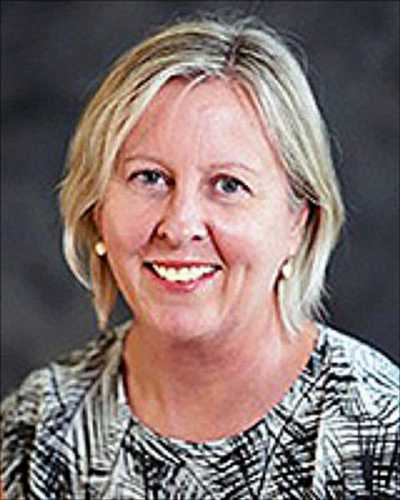Now published, see the full article 
Early Abstract:
Background: Type 2 diabetes mellitus (T2DM) and social disadvantage are related. In Australia, this association is most pronounced amongst Indigenous people. Indigenous Australians are among the most socially disadvantaged in the country, with the worst social determinants of health (SDoH). SDoH are typically addressed at a population level, and not on an individual or clinical level. However; the SDoH related needs of individuals also require attention. The adverse link between T2DM and SDoH suggests that simultaneous consideration at an individual, clinical level may be beneficial for T2DM care and self-management. Identifying and addressing SDoH related barriers to T2DM self-management may augment current care for Indigenous Australians.
Aims: This study aimed to combine the perspectives of Indigenous Australians with T2DM, and Indigenous health workers to explore the SDoH related barriers and facilitators to self-managing T2DM, and how SDoH could be incorporated into usual clinical care for Indigenous Australians with T2DM.
Methods: Under the guidance of a cultural advisor and an Indigenous health worker, seven Indigenous people with T2DM and seven Indigenous health workers from rural and remote north Queensland, Australia, participated in a series of semi-structured, in-depth face-to-face interviews and yarning circles. A clinical yarning approach to data collection was used, and both an inductive and deductive data analysis was applied. Data were analysed, and themes were identified using QSR NVivo 12.
Results: Study participants described a holistic view of health that innately includes SDoH. Specific to T2DM care, participants identified that culturally responsive service delivery; suitable transport provision; an infinite flexible approach to accommodate for individuals’ unique social circumstances; appropriate client education and appropriate cultural education for health professionals; support mechanisms and community support services were all essential components. These were not seen as separate entities, but were interrelated, and all were required to incorporate SDoH into care for Indigenous Australians with T2DM.
Conclusions: SDoH are implicit to the Indigenous Australian holistic view of health. Consequently, an approach to T2DM care that complements this view by simultaneously considering SDoH, and usual T2DM clinical management could lead to enhanced T2DM care and self-management for Indigenous Australians.





